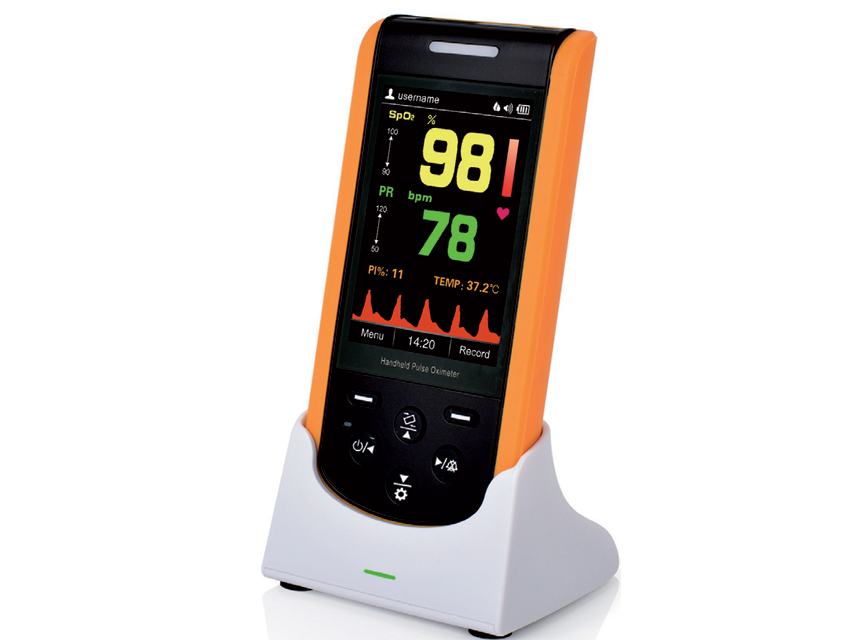It is called tachycardia. (tack-ih-car-dee-a) Low pulse is called bradycardia or brachycardia (same thing) When the heart pumps fast it is generally pumping less efficiently which can lead to lots of different problems, some of which are dangerous. This is why athletes train to work hard but keep their heart rate low while doing it. Tachycardia refers to a heart rate that’s too fast. How that’s defined may depend on your age and physical condition. Generally speaking, for adults, a heart rate of more than 100 beats per minute (BPM) is considered too fast. View an animation of tachycardia.
To determine if 110 is a good or a bad resting pulse rate please select if you are analyzing the heart rate of a child (0-10 years) or a young adult / adult (10-99) years:
The heart rate was measured on a
Pulse 110 Minute
There are a lot of factors that influence the human heart rate, such as the physical fitness, medications, emotional changes or simply the air temperature and the position of the body.
But most of all, the heart rate changes on the person growing up and becoming older. While a pulse of 150 on a 3 month old child can be perfectly within normal range it would be quite worrying to have said pulse as an adult.
High Heart Rate While Resting
Why is that?
Elephant and mouse - completely different heartbeats
What Causes High Pulse Rate Over 100

Pulse 110 Beats Per Minute
Typically, small mammals have a much faster heart rate than larger mammals. For example, the resting heart rate of an adult mouse is about 500 bpm while elephants have a resting heart rate of around 28 bpm.Pulse 110 Bpm
Larger animals obviously do have larger hearts too, and they again are connected to larger veins and larger arteries.Therefore their hearts can generate great pressures while pumping blood, and due to the quantity it also takes longer for the pressure to push the blood to limbs 'far' away.
Pulse 110
